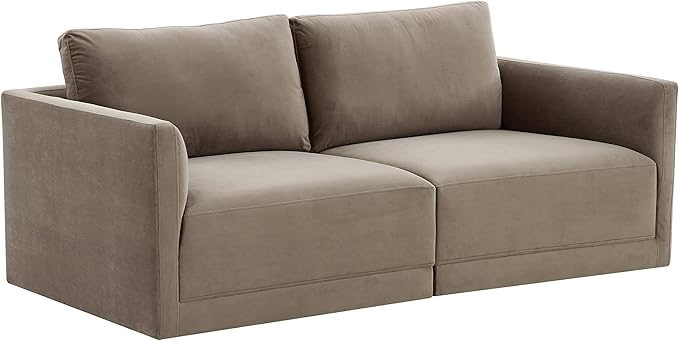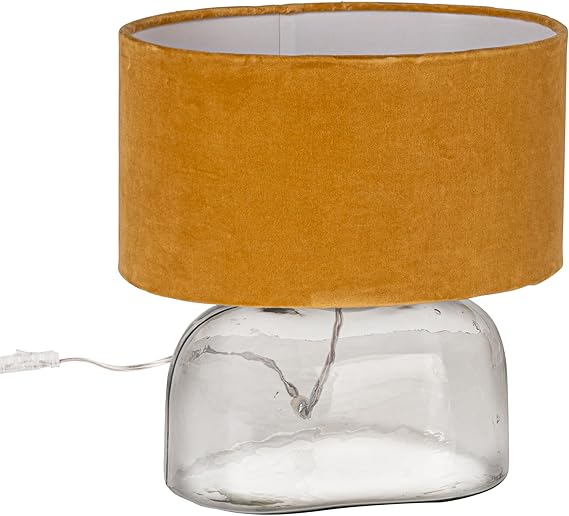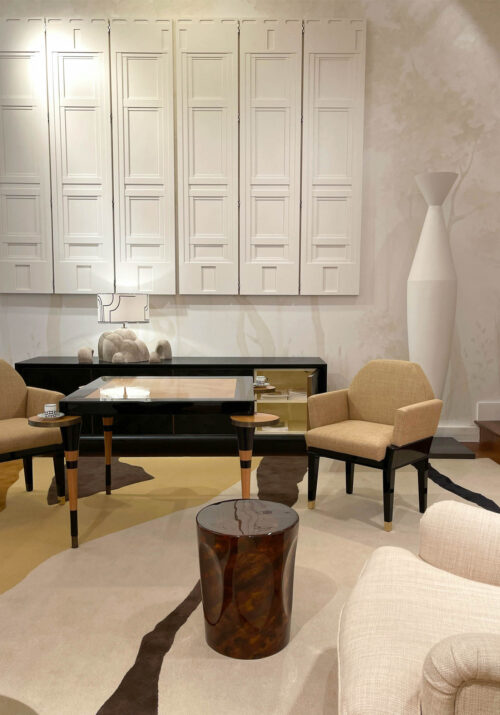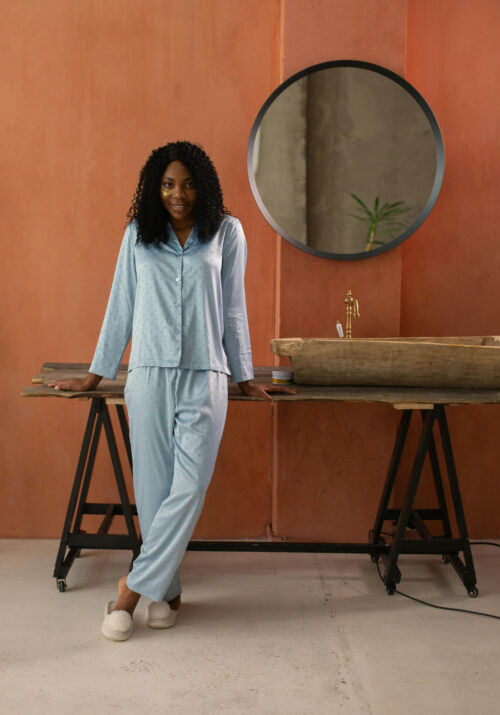As a renter, creating a cohesive look in your home can be challenging, especially when you’re limited by things like paint colors or permanent fixtures. However, that doesn’t mean you can’t make your space flow and feel harmonious. The key to achieving a cohesive home is all about consistency in color, style, and design. Here are some top tips for renters to help you pull it all together and create a beautiful, cohesive living space.

This post may contain affiliate links, meaning I could earn a small commission if you make a purchase through my link, at no extra cost to you. You can read my full disclosure here. Thank you for supporting Alagu Home!
Assess the Size of Your Space
Before diving into the design process, assess the size of your home. Smaller spaces require a different approach than larger homes. In smaller homes or apartments, you can often see multiple rooms from one vantage point, which means it’s essential to maintain a sense of continuity between spaces. By keeping your design cohesive from room to room, you can make the entire space feel larger and more unified.
If you have a larger home, you have more flexibility. While a consistent design is still important, you can afford to add more variety and even go bold in certain areas—like a dramatic guest bathroom. Just remember to keep certain elements, such as finishes, consistent throughout the home.
Choose a Consistent Color Palette
Color plays a crucial role in making a house feel cohesive. Start by selecting a color palette that you love and can carry through every room. You don’t need to use the exact same shade in each room, but keeping everything within the same color family will create harmony.
For example, you could use warm neutrals throughout your home and add subtle variations in each room—light beige walls in the living room and a soft taupe accent in the bedroom. A great tip is to keep your color palette saved on your phone for easy reference when shopping for decor. That way, you’ll always have it handy to ensure every piece you buy fits within the scheme.
Keep the Base Neutral with Pops of Color
Neutral tones are timeless and provide a solid foundation for your home’s design. Stick to a neutral base for larger pieces like sofas, beds, and walls, and then incorporate pops of color through accents like throw pillows, artwork, and rugs. By using color sparingly, you can create visual interest without overwhelming your space or disrupting the overall flow. This also allows for easy updates as trends change.
Know Your Style and Wood Tones
Whether your style leans toward mid-century modern, farmhouse, or minimalist, it’s important to have a clear idea of the look you’re aiming for. Understanding your design preferences helps you make decisions that complement your home’s overall vibe.
One often-overlooked aspect of design is wood tones. Mixing too many different types of wood can make your space feel disjointed. While you don’t have to match every piece exactly, try to stick to similar tones throughout the home. If you love warm woods, carry those tones into your furniture and decor.
Keep reading for tips for renters on simple ways to make your rental feel more unified and harmonious!

Don’t Be Afraid of a Dramatic Room (But Keep Finishes Similar)
While consistency is key, you can still have fun with your design! If there’s a space where you want to go bold—like a guest bathroom or powder room—go for it. This can be the place to experiment with bold wallpaper or unique tile. However, to maintain cohesion, keep your finishes consistent with the rest of your home. For example, if you have matte black hardware in your kitchen, continue that theme in your dramatic spaces.
Avoid Being Too Matchy-Matchy
Your home doesn’t need to look like it came out of a catalog. In fact, too much matching can make it feel sterile. Instead of buying matching sets of furniture or decor, look for pieces that complement each other without being identical. As long as they share the same color palette and overall vibe, they’ll still work together beautifully. The goal is to create a home that feels collected and layered, not overly coordinated.
Purge Old Furniture and Decor That Don’t Match
If you’ve accumulated furniture or decor over the years that no longer fits your current style, it’s time to let go. Pieces that don’t match your vision will make it harder to achieve a cohesive look. By purging items that no longer fit, you can free up space and make room for items that better align with your design.
Utilize Similar Textures and Fabrics
Textures and fabrics are just as important as colors when creating cohesion in a home. Think about using similar materials throughout your space—linen curtains, cotton throw blankets, or velvet cushions. Keeping these elements consistent helps create a smooth transition from one room to another, even if the colors or furniture styles differ slightly.
Think Big Picture When Choosing Small Details
When selecting small decor items, think about how they fit into the bigger picture of your home’s overall design. Each piece, whether it’s a vase, a lamp, or a piece of art, should align with your home’s style and color scheme. This mindset will help you avoid cluttering your space with items that feel out of place.
Match Your Linens
An easy way to create cohesion is by matching your linens. Whether it’s towels in the bathroom or bedding in the bedroom, choose linens that complement the color palette of the room. This small detail can make a big difference in how polished and cohesive your home feels.
In conclusion, making your rental home cohesive is all about consistency, thoughtful design, and attention to detail. By choosing a consistent color palette, maintaining similar finishes, and keeping your style in mind, you can create a space that flows effortlessly from room to room. Whether you’re in a small apartment or a larger home, these tips for renters will help you achieve a cohesive look that makes your space feel intentional and beautifully put together.



















